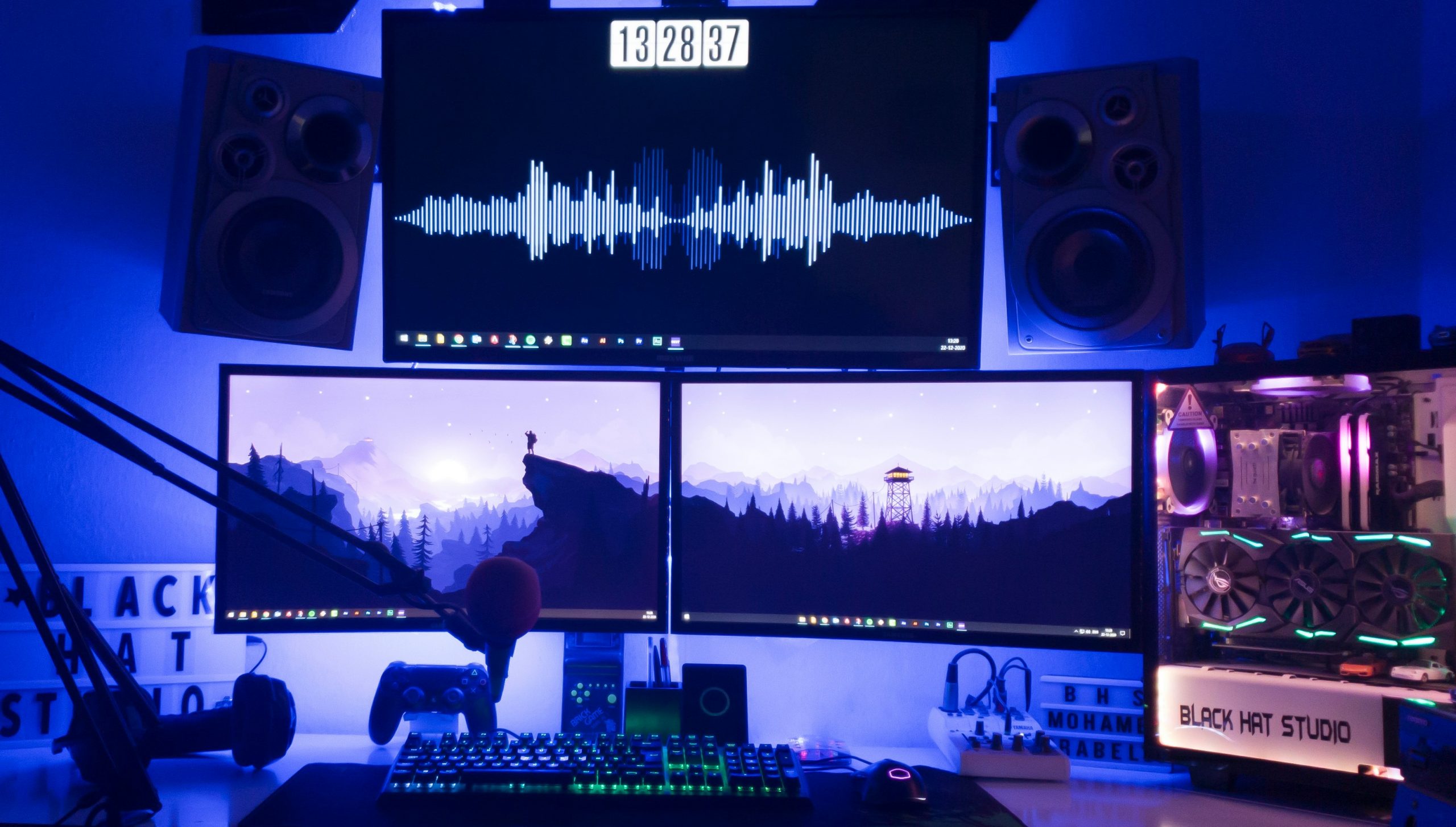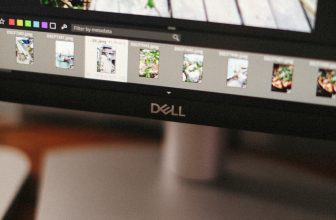
Screen recording has become an essential tool for content creators, educators, businesses, and gamers. Whether you’re making tutorials, recording presentations, or capturing gameplay, high-quality screen recordings can enhance communication and engagement. However, many people make common mistakes that lead to poor-quality recordings. In this guide, we’ll explore the most frequent screen recording mistakes and how to avoid them.
1. Using the Wrong Screen Recording Software
Mistake:
Many users either use outdated software or choose a screen recorder that doesn’t fit their specific needs. This can result in poor quality, limited features, or excessive lag.
Solution:
Research and choose the right software based on your needs. Popular options include:
- OBS Studio (Open-source, free, great for streaming)
- Camtasia (Premium, best for tutorials and editing)
- Bandicam (High-performance, great for gaming)
- Loom (Ideal for quick, shareable recordings)
2. Ignoring Video Resolution and Frame Rate Settings
Mistake:
Recording at low resolution (e.g., 720p or lower) results in blurry videos. Similarly, choosing a low frame rate (e.g., 15 FPS) makes recordings appear choppy.
Solution:
- Always record at 1080p (Full HD) or higher for clarity.
- Set the frame rate to 30 FPS for general recordings and 60 FPS for gaming or smooth animations.
3. Poor Audio Quality
Mistake:
Bad audio can ruin even the best screen recordings. Background noise, low volume, or echo can make it hard for viewers to follow along.
Solution:
- Use an external microphone instead of the built-in mic.
- Record in a quiet room with minimal background noise.
- Use noise-reducing software like Krisp or Adobe Audition.
- Enable the ‘noise suppression’ feature in your screen recording software.
4. Not Testing Before Recording
Mistake:
Many users start recording without checking settings, leading to unexpected issues like missing audio, lag, or incorrect screen capture.
Solution:
- Always do a test recording for a few seconds to check video, audio, and frame rate.
- Ensure your microphone and camera are properly connected.
5. Recording an Untidy or Cluttered Screen
Mistake:
A cluttered desktop with too many icons or irrelevant browser tabs can be distracting.
Solution:
- Organize your desktop before recording.
- Use “Do Not Disturb” mode to prevent notifications.
- Hide the taskbar and close unnecessary applications.
6. Not Using Keyboard Shortcuts
Mistake:
Manually starting and stopping recordings or adjusting settings during recording can create awkward pauses and unnecessary mouse movements.
Solution:
- Learn and use keyboard shortcuts for start/stop recording, pause, and annotate.
- Example shortcuts for OBS Studio:
- Start Recording: Ctrl + Shift + R
- Stop Recording: Ctrl + Shift + S
7. Failing to Highlight Important Areas
Mistake:
Viewers may struggle to follow along if key parts of the screen aren’t emphasized.
Solution:
- Use cursor highlights, zoom effects, and annotations to direct attention.
- Camtasia and Loom have built-in annotation tools.
8. Ignoring File Size and Format
Mistake:
Large video files can be hard to share, and the wrong format may not be compatible with editing software.
Solution:
- Record in MP4 format (widely supported and compressed well).
- Optimize bitrate settings to balance quality and file size.
- Use compression tools like HandBrake if needed.
9. Overlooking Editing and Post-Production
Mistake:
Uploading raw footage without trimming mistakes or enhancing audio can result in an unprofessional final product.
Solution:
- Use video editing software like Adobe Premiere Pro, Camtasia, or DaVinci Resolve to edit recordings.
- Trim unnecessary parts, add text overlays, and adjust audio.
10. Forgetting to Save or Backup Recordings
Mistake:
Not saving your work properly can lead to lost recordings due to crashes or accidental deletions.
Solution:
- Always save recordings in multiple locations (cloud storage, external drives).
- Set up auto-save features if available in your software.
Final Thoughts
Avoiding these common screen recording mistakes will help you create high-quality, professional videos that engage your audience. By selecting the right software, optimizing settings, and refining your recordings with editing tools, you can significantly enhance the effectiveness of your content. Happy recording!









